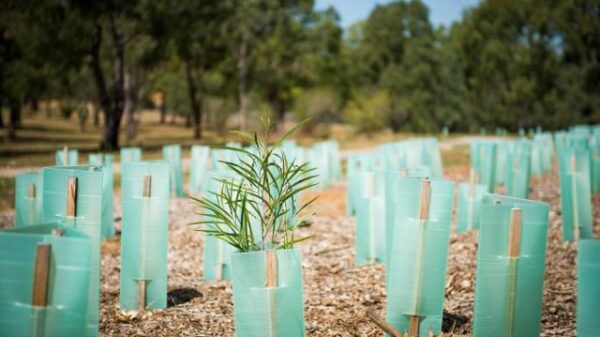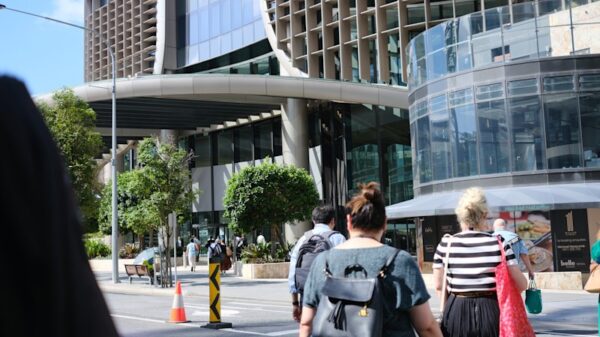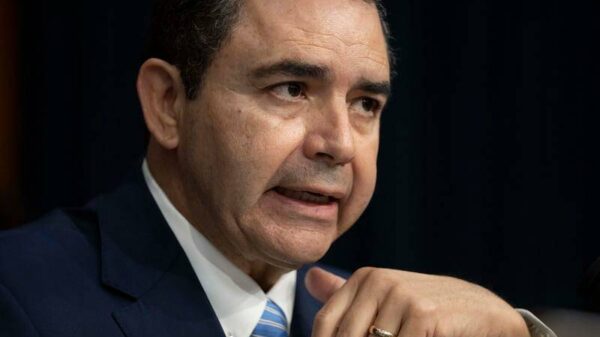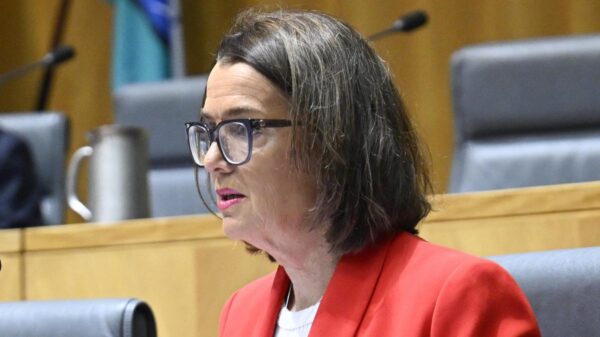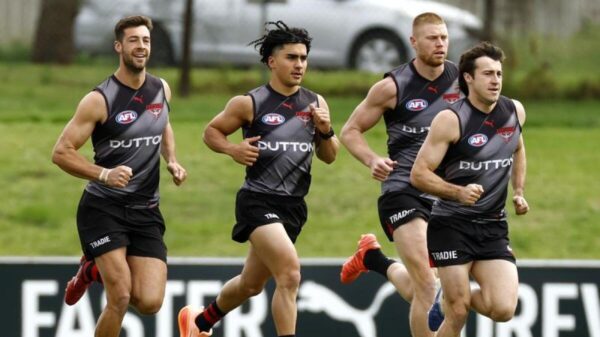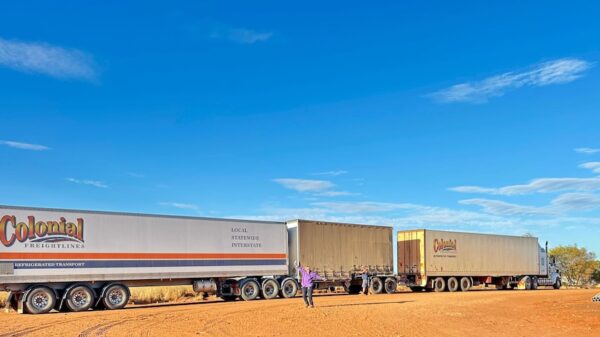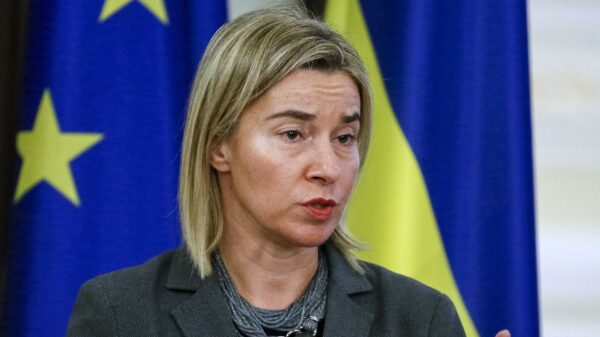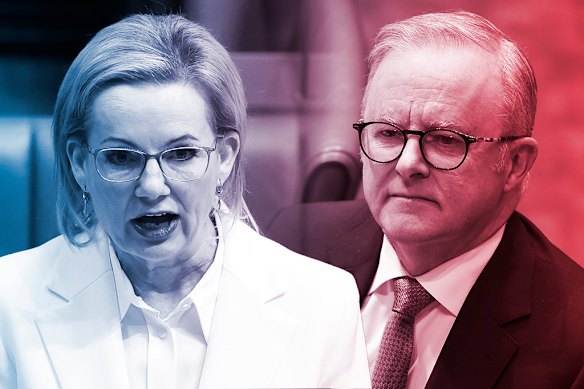Support for the Labor Party under Prime Minister Anthony Albanese has reached its highest level in two years, following the party’s significant victory in the recent federal election. According to the latest Resolve Political Monitor, Labor’s support has climbed to 37 percent, reflecting growing voter confidence in the government’s focus on key issues.
The survey, which involved 1,800 respondents, indicated a two-point increase in Labor’s primary vote over the past month, marking the highest level since just before the Voice referendum in October 2023. This figure represents an increase of 2.5 points compared to the party’s performance during the May election. In contrast, the Coalition’s primary vote remained stable at 29 percent, while the Greens held steady at 12 percent.
Labor’s improved standing appears to have come at the expense of minor parties, with One Nation seeing a slight increase to 9 percent, which is nearly three points higher than its result in the federal election.
Labor Expands Lead Over Coalition
On a two-party preferred basis, Labor has widened its lead over the Coalition to 59-41, the strongest outcome for the party since April 2023. Should this trend persist into a national election, Labor could potentially expand its current tally of 94 seats, gaining ground in traditionally Coalition-held electorates such as Longman in Queensland, La Trobe in Victoria, and Forrest in Western Australia.
Jim Reed, director of Resolve Strategic, commented that Labor is “sitting pretty” with its enhanced primary and two-party preferred vote. Despite the Coalition not losing further ground, he noted that they are “not making any headway yet.”
While Albanese’s overall performance has been strong, Reed pointed out that the Prime Minister continues to face challenges on a personal level. In contrast, Liberal leader Sussan Ley has been rated as the most likable member of Parliament, suggesting a positive perception among voters. Her deputy, Ted O’Brien, is also emerging as a valuable asset for the Coalition.
As the political landscape evolves, the upcoming months will be crucial for both parties, with Labor currently enjoying a significant advantage in public support. The dynamics of voter sentiment and party leadership will likely play a pivotal role in shaping future electoral outcomes.

